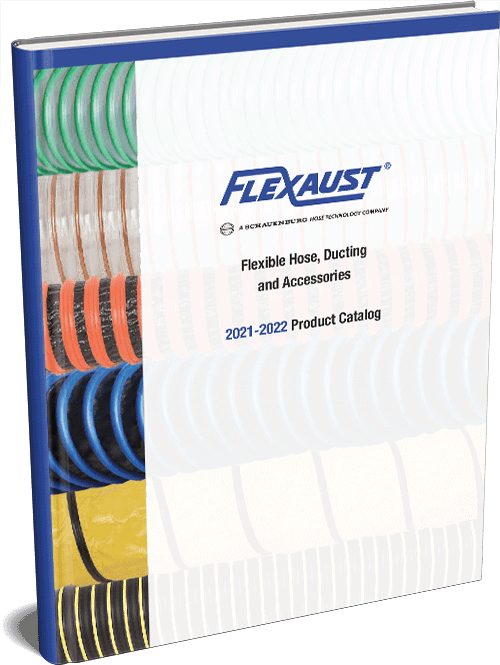In one of our most recent blogs we went over why is it important to choose the correct flexible hose, and listed some of the critical factors that should be considered when making that decision. Another factor that it important when choosing the right flexible hose to meet your requirements is electrical conductivity and static resistance. If a hose with the wrong electrical resistance rating is chosen, the potential for static sparks that could interact with dust particles and set off fire or explosions increases. To help decide which hose is appropriate for a specific situation, many times they are labeled as static conductive or static dissipative based on the materials used to make them.
What is Static Conductive?
Static conductive refers to the capability of a material to be able to assist the path of static electricity and prevent static from building up. As material moves though a hose, molecules collide with each other and can potentially create a small electric charge, or static. If non conductive hose is used, the electrical charge formed from this molecule collision will build up in the hose fitting at the end of the hose. Depending on the location of the hose, this could potentially lead to a spark that could lead to an explosion or fire. Choosing the correct hose made out of the right material is very important for flexible hoses in areas where electrical conductivity is demanded, in industrial vacuum cleaners, and as a protection hose against mechanical damage among other applications.
What is Static Dissipative?
Static dissipative refers to materials that are designed to help mitigate static electricity. Charges flow to ground more slowly and in a more controlled manner using dissipative materials compared to conductive. These materials will not generate a potential hazardous charge while also grounding many potentially hazardous charges. Typically these materials are certified to meet electronic industry standards and used for sensitive electronics. Static dissipating hoses will dissipate static electricity through the rubber material to the hose ends. By using static dissipative materials you can reduce the risk of producing a charge while protecting against existing charges as well.
Dust Explosions From Electrical Sparks
The combination of dust, an ignition source and oxygen in the air is the recipe needed to initiate a dust explosion. Confusion over when to use a static conductive or static dissipative material for an application can provide this ignition source when electrical sparks are created. OSHA, the Occupational Safety and Health Administration has put information together on combustible dust explosions which explains how these explosions occur, what industries are at risk and how to prevent them. By monitoring the materials handled, the operations conducted, and the potential ignition sources, it is possible to prevent dust explosions from occurring.
Flexaust and Static Control Flexible Hoses
At Flexaust we offer a full selection of static control flexible hoses to meet your requirements. Our sales and support team can assist in making sure you choose the right Flexaust hose.


